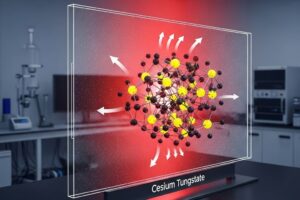Water-based polyurethane ink is an important new product in the polyurethane ink family.
Compared with water-based acrylic resin ink and epoxy resin ink, the ink layer of water-based polyurethane ink has better abrasion resistance, water resistance, chemical resistance, impact resistance, flexibility and hardness. It is mainly used in rotogravure. The printing machine prints food packaging on PET, PP, PE, PVC film treated by EDM.

The reason why polyurethane series inks are widely used in the flexible packaging ink printing market mainly depends on some characteristics of the polyurethane resin itself:
- Compatibility of polyurethane resin: The polyurethane resin can be compatible with different auxiliary resins, such as polyketone resin, phenolic resin, vinyl resin, etc., so as to adjust the polyurethane ink system to show different characteristics to meet various application.
- The plasticity of the polyurethane resin itself: In the synthesis process of polyurethane resin, different raw materials are used to modify it, so as to effectively guide the final product to have the functions we need.
Ways to Improve the Performance of Waterborne Polyurethane for Printing Ink
Improving the performance of the water-based polyurethane ink is mainly to improve its water resistance, heat resistance and cohesive strength. The internal performance of the prepolymer can be optimized by selecting the raw materials and the preparation process of the prepolymer.
1 Water resistance. The use of water-resistant polyester polyol can improve its water resistance; it can also be modified by adding hydrolysis stabilizers (such as carbodiimide or polycarbodiimide, epoxy compounds, etc.)
2 High temperature resistance. Generally, the methods to improve high temperature resistance are: using polyethers and polyesters containing benzene rings and using high temperature resistant isocyanate materials to increase the content of isocyanates and chain extenders; and modifying them with other temperature resistant resins.
3 Cohesive strength. Appropriate heat treatment can improve its strength and water resistance. The heat treatment makes the molecular chains arranged tightly, and after cooling, more hydrogen bonds are formed, thereby improving the cohesive strength and bonding strength.






